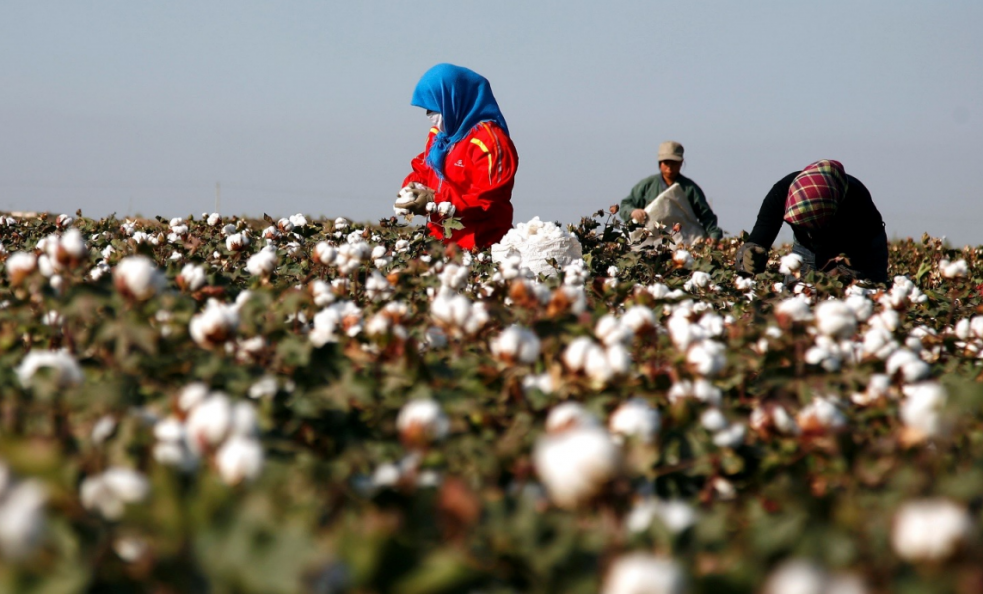| After May Day holiday (May 1-5), downstream product sales improve somewhat, and according to the conversation with our clients and spot cotton sales, downstream mindset indeed improves. Then, how about the status quo of the industry? What are the major influencing factors on cotton prices? 1. Industrial situation Downstream product sales turn slightly better after May Day holiday, with slight improvement of domestic end-user demand, modest replenishment from traders and some small export orders. In view of spot cotton market, when ZCE cotton futures market only declined slightly on May 12-14, trading sentiment was obviously better than that in Apr. Most mills replenished feedstock after digestion during the holiday, and a few mills replenished half a month or one month more feedstock. In grey fabric market sector, some weaving plants with large orders intend to increase the cotton yarn inventory. Currently, the cotton yarn inventory in weaving plants remains low, and if grey fabric plants replenish more cotton yarn inventory, mills may intend to purchase more cotton later, then, the overall industrial chain will have a good cycle.   But this improvement needs the general improvement in grey fabric sector. Currently, the demand from end-user remains not large, and only a few weavers have large orders. Most weavers are still in face of tight capital and weak demand. If cotton yarn prices are hard to rise, mills still show low buying interests when ZCE Sep contract rises above 11,600yuan/mt. 2. Major influencing factors on cotton market and market views The major influencing factors and market views are showed below, to state the bullish and bearish factors at present.
3. Conclusion Market mindset improves somewhat currently, and mills show buying interests when ZCE Sep cotton contract is at 11,500yuan/mt and below, but mills mainly purchase on need-to-basis at present. Under the anticipation of oversupplied situation on global new cotton market, the driving force of cotton prices is still restrained by downstream demand. Currently, the demand from end-user market remains limited, and the replenishment on feedstock is restricted by tight capital. Cotton prices are hard to go up. | |||||||||||||||||||

Bullish and bearish factors on Chinese cotton market
You can read the full article here: https://thrakika.gr/en/post/bullish-and-bearish-factors-on-chinese-cotton-market